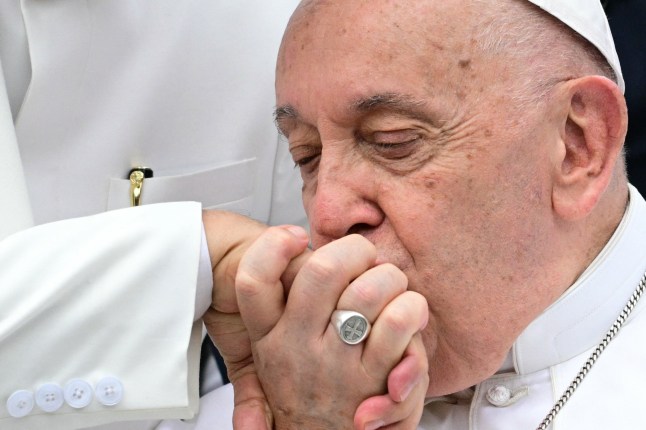
The Pope is given a ring when announced as the pontiff,but it’s destroyed upon his death (Picture: AFP)
As Cardinals from across the globe will meet this morning for the first time since Pope Francis died,other traditions after a papal death are underway.
The world will be watching Vatican City after the death of the 88-year-old pontiff on Easter Monday,but behind closed doors,centuries-old ceremonies are being carried out.
One of those is the destruction of the Pope’s famous ring,kissed by pilgrims and used to seal official documents.
Ahead of his funeral on Saturday morning,the camerlengo – appointed by the late Pope before his death – will arrange the destruction of the pontiff’s ring.
The camerlengo has been named as Cardinal Kevin Joseph Farrell,a boy from a working-class Irish family who has risen to become one of the most powerful men in the Vatican.
A hammer will be used to destroy Pope Francis’s ring,and for a very important reason.
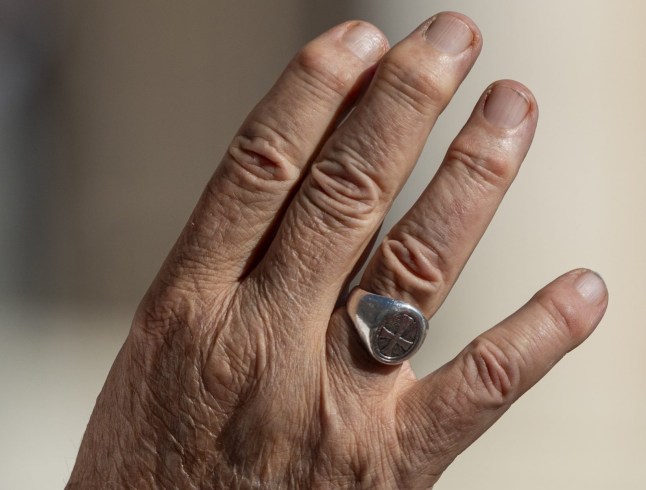
Each papal ring is unique – Francis chose a silver one (Picture: Getty)
Referred to as the Fisherman’s Ring,the papal ring is unique to each Pope and cannot be replicated.
The rings are designed and crafted in Rome by artisans who are members of the Roman Guild of Goldsmiths.
The piece of jewellery is traditionally worn on the pontiff’s right hand,on the ring finger,and is often kissed by pilgrims who meet the Pope.
But upon the pontiff’s death,the ring is destroyed within the Vatican with a hammer and placed in the coffin of the deceased,along with a rosary.
The destruction is done because traditionally,the ring was used to seal letters with wax and mark the official seal of the Pope on documents,so its destruction ensures no forgeries can be made.
A new ring is cast for the new Pope after the conclave commences.
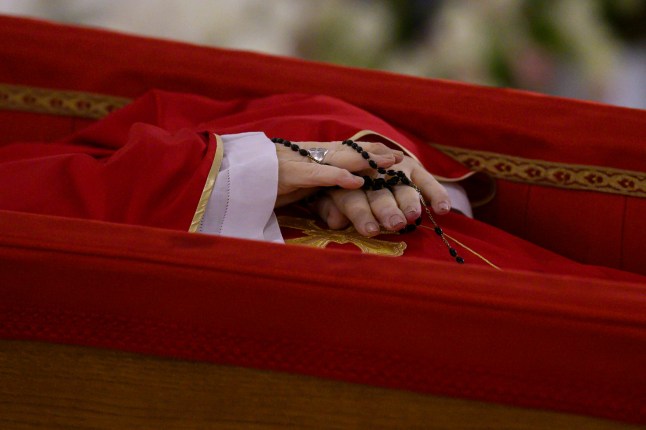
The Pope’s ring will be destroyed,and his hands will be placed with a rosary (Picture: AFP)
Popes are normally buried in not one,but three coffins – wood,lead and another wooden one.
But a humble man,Pope Francis specified that Popes should only be buried in a wooden coffin,lined in zinc and sealed by several Vatican officials.
Before the coffin is closed,the Pope’s face will be draped in a white cloth,and a bag of minted coins and a page about his time as Pope are placed in with the body.
After the coffin is sealed,Psalm 42,which reads ‘Like the deer that yearns for running streams,so my soul in longing for you,my God,’ is sung.
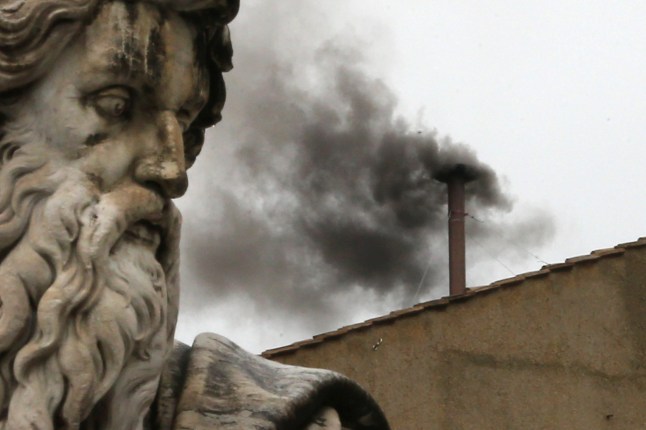
The conclave can last for weeks (Picture: Getty)
Before 120 cardinals,senior members of the Catholic Church,convene in the Sistine Chapel for the conclave – the secret meeting at which a new pope will be elected – the Church enters a period called ‘the vacant see’.
Following the funeral,there are nine days of official mourning,with the conclave required to begin 15 to 20 days after the sede vacante is declared,although it can start sooner if the cardinals agree.
Archbishop of Westminster Cardinal Vincent Nichols is among those travelling to Rome.
There are currently five cardinals across the UK and Ireland,although only three – Cardinal Nichols,Cardinal Timothy Radcliffe and Rome-based Cardinal Arthur Roche – are younger than 80 and therefore of voting age.
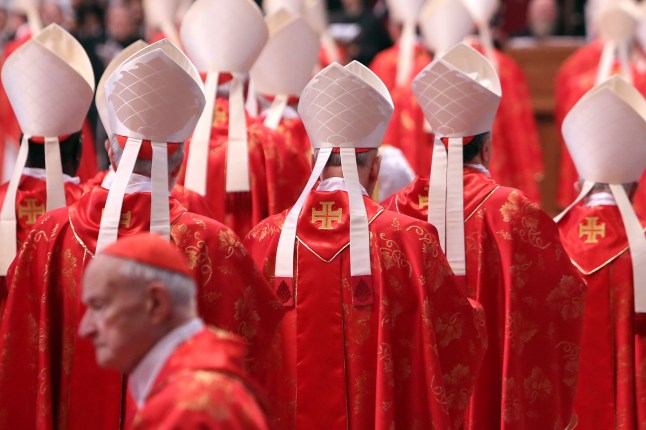
More than 100 cardinals will take part in the tradition (Picture: Getty)
Perhaps the most interesting part of the conclave is that the cardinals and employees,priests,secretaries,doctors and more can’t speak to anyone until a new Pope is chosen.
Those who work in the Vatican are sworn to secrecy,and security checks are taken in the Vatican to sweep for wire taps and other information which could derail the secret meetings.
For each day of the conclave,if a Pope is not chosen,black smoke is released from the roof of the Sistine Chapel.
When a new pontiff is agreed upon,white smoke is released,and the official announcement is made after.
United News - unews.co.za